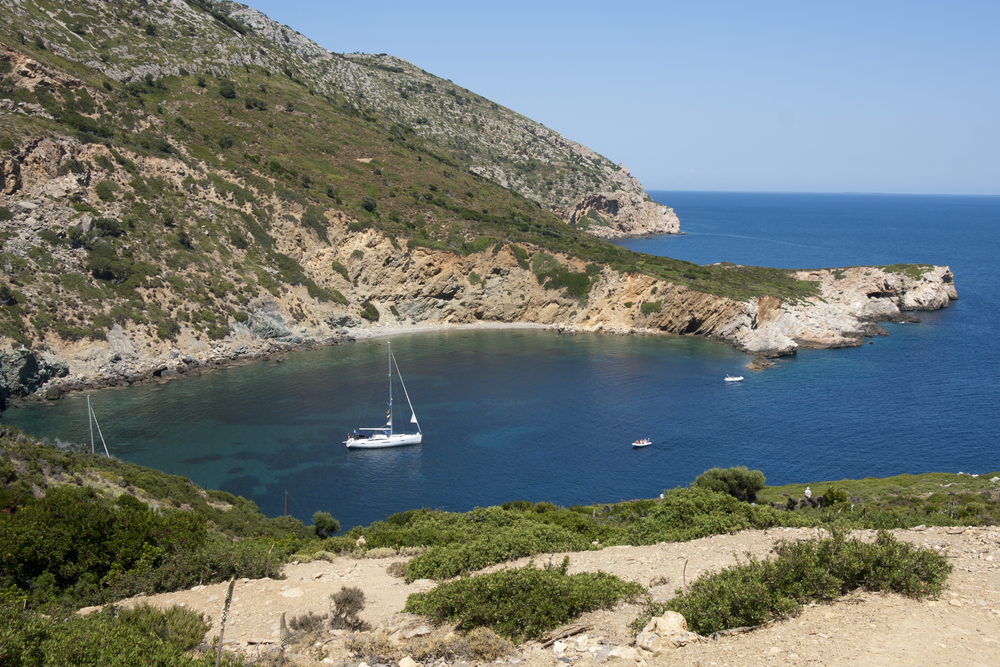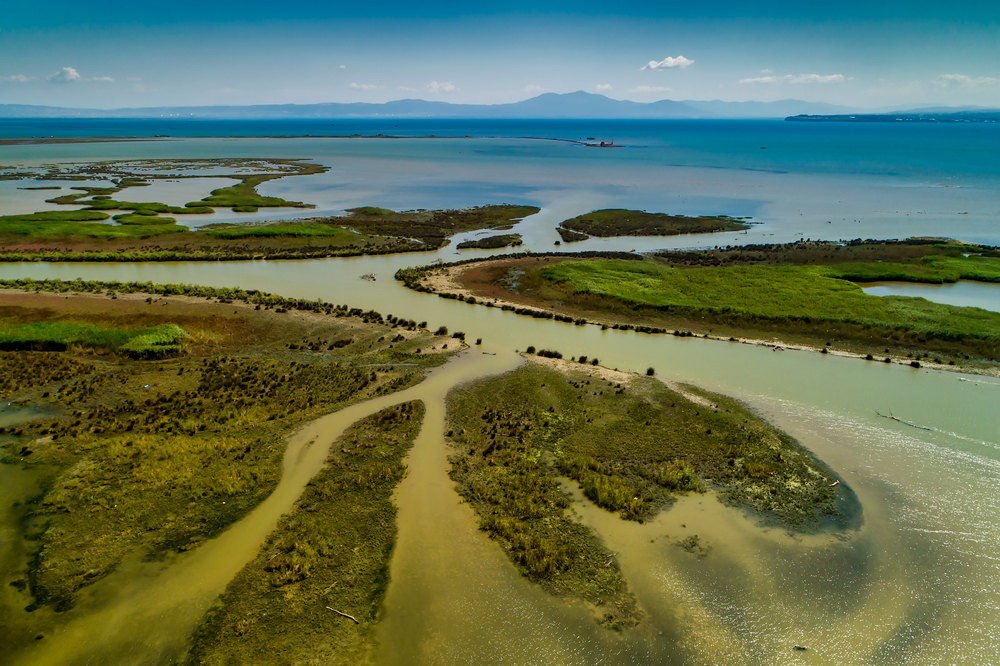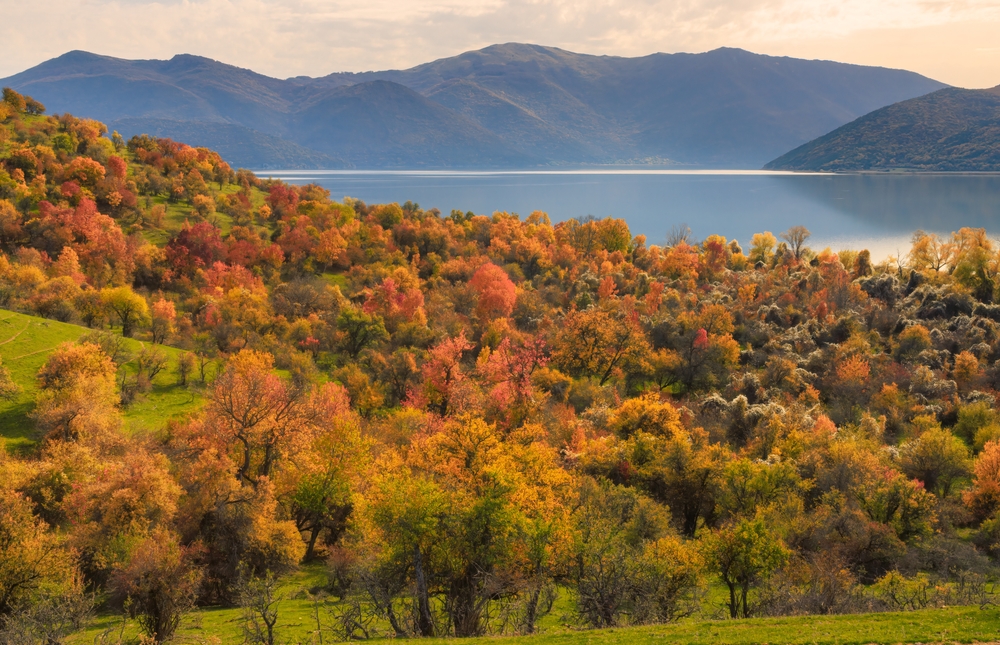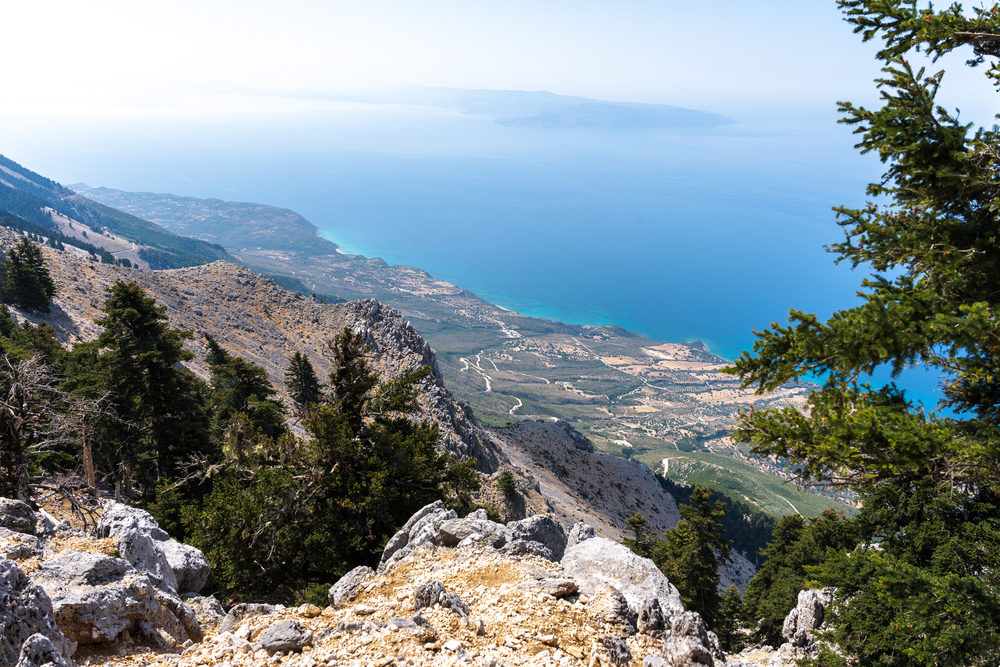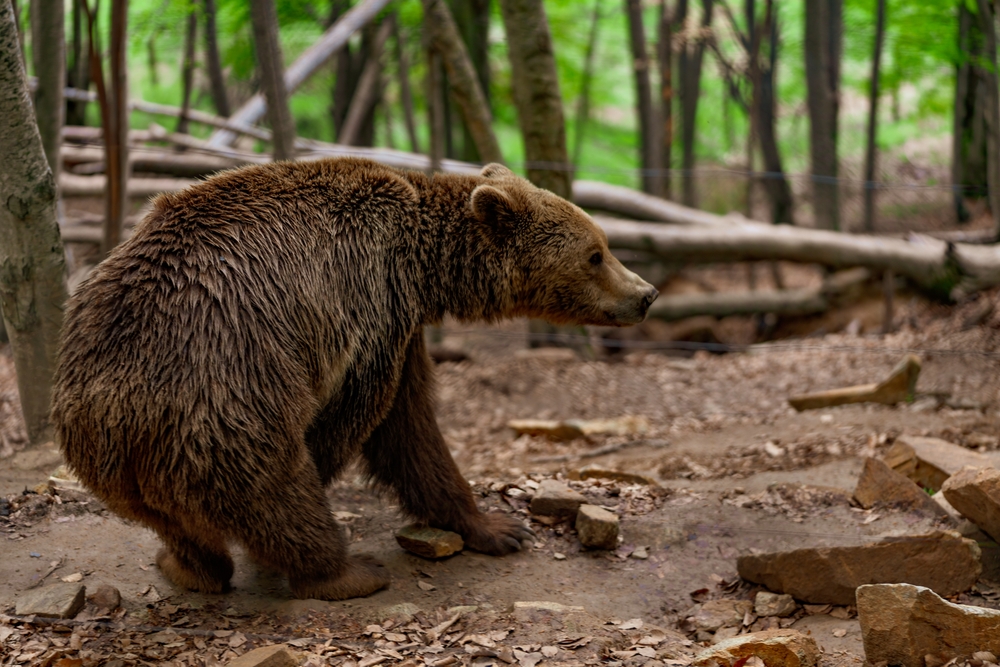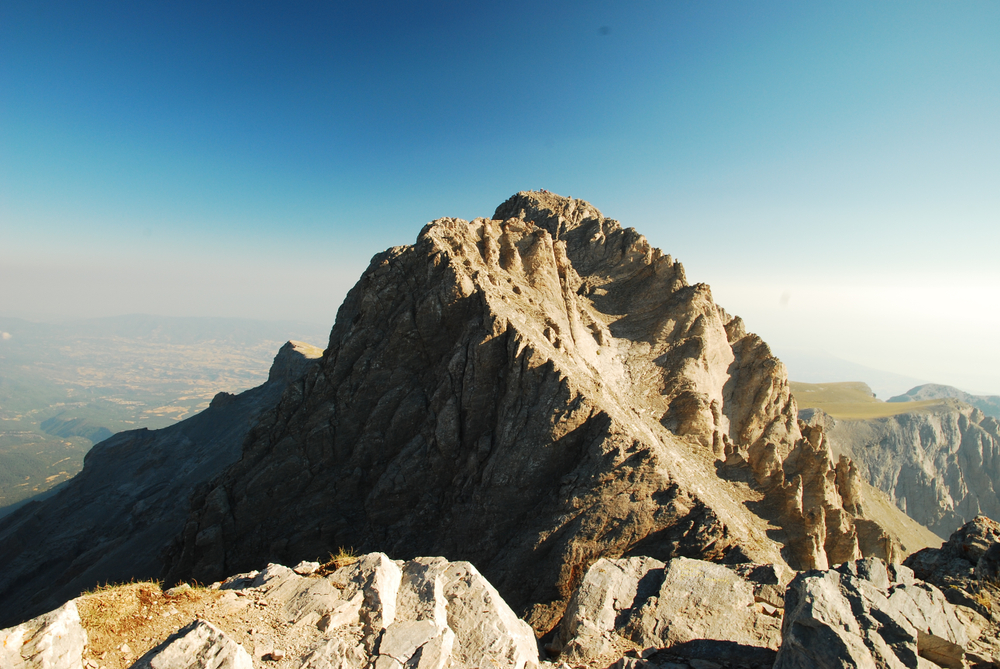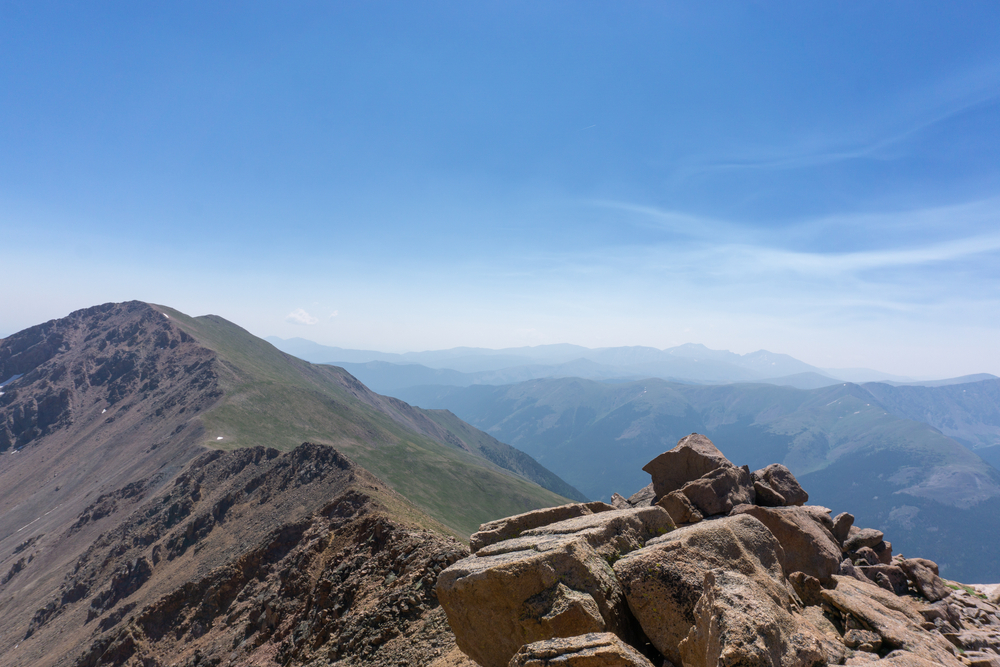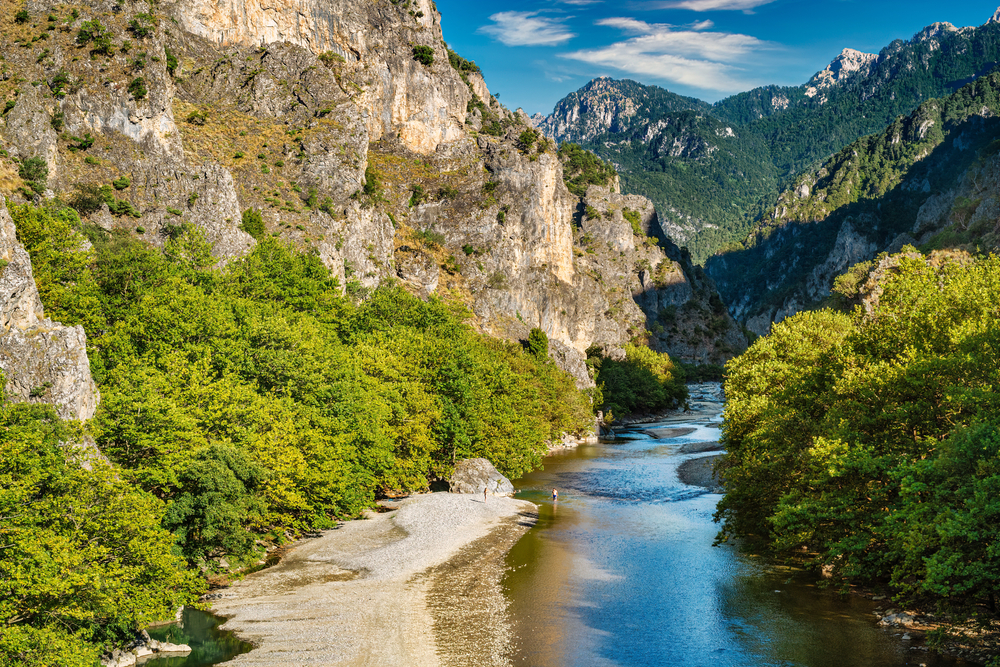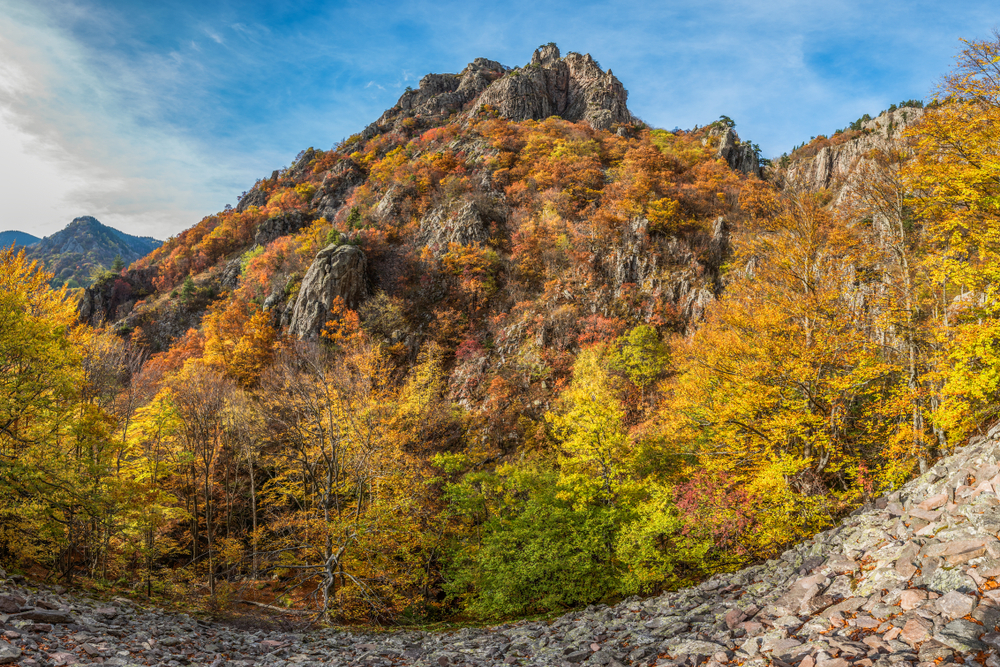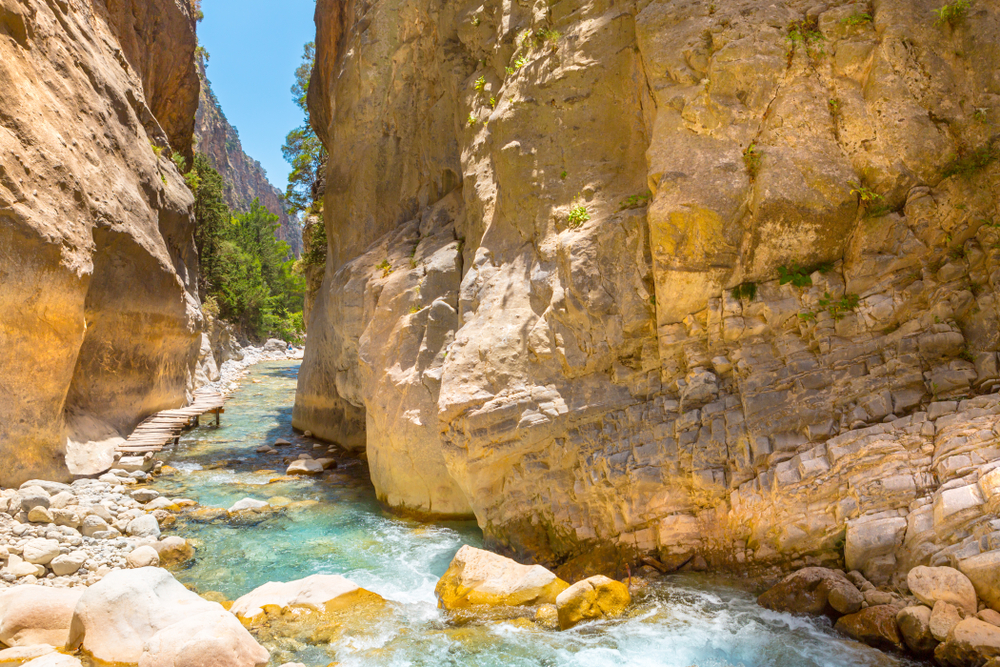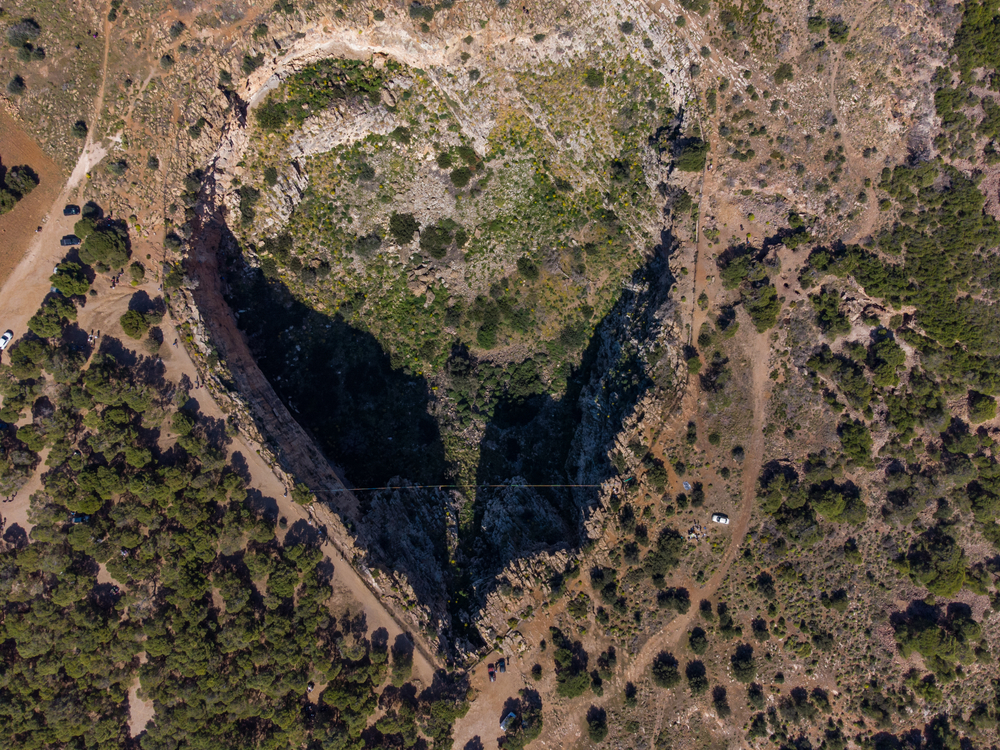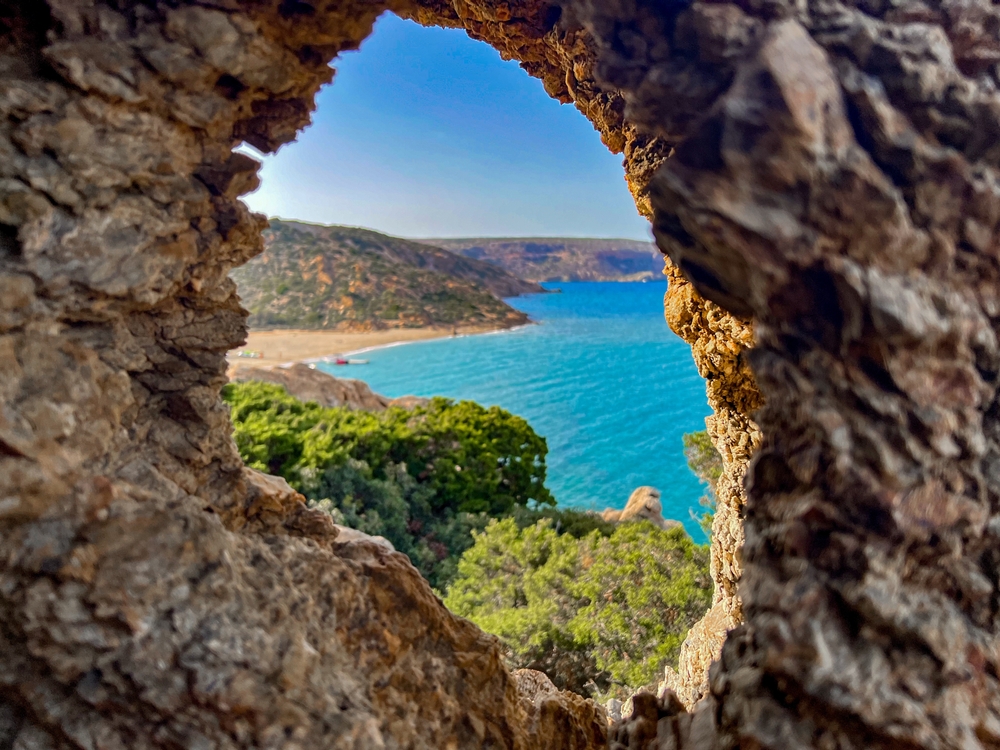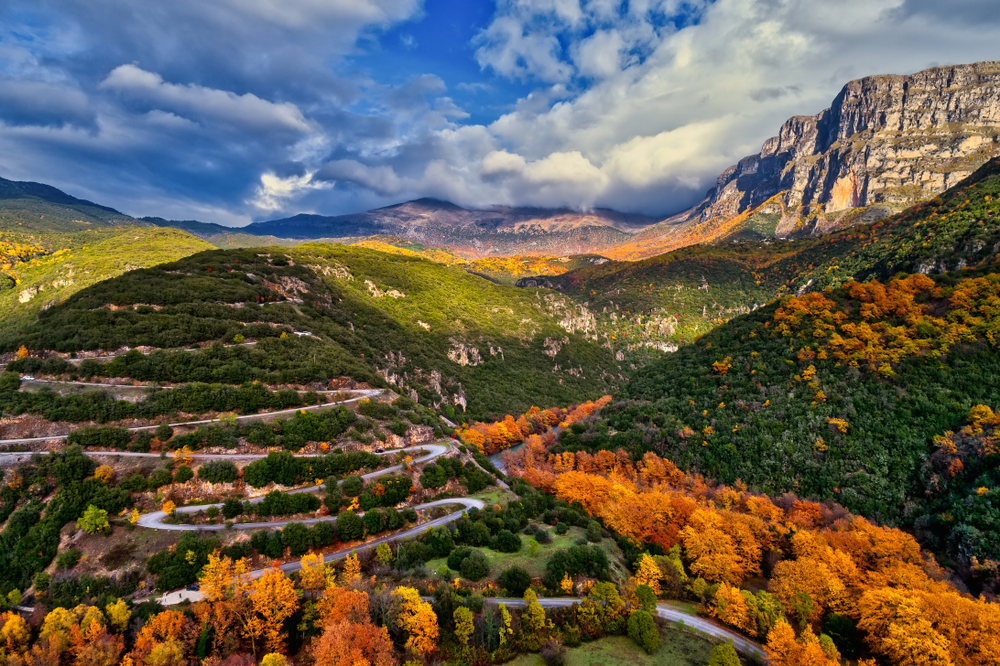Greece, a land of ancient history and stunning natural beauty, is home to 10 national parks that showcase its ecological richness and biodiversity. These parks protect a variety of landscapes, from rugged mountains and deep gorges to coastal wetlands and pristine marine environments. The national parks in Greece provide vital habitats for many rare and endangered species, making them an essential part of the country’s conservation efforts. Visitors are drawn to these parks for their natural beauty, rich wildlife, and opportunities for outdoor activities such as hiking, birdwatching, and swimming.
One of the most iconic parks in Greece is Mount Olympus National Park, established in 1938 as the country’s first national park. Mount Olympus, the mythical home of the Greek gods, towers majestically with its snow-capped peaks and lush forests. The park is a haven for biodiversity, featuring over 1,700 plant species, including several endemics. Wildlife enthusiasts may spot wild goats, roe deer, and rare birds of prey such as golden eagles. Its network of trails attracts hikers and climbers from around the world, eager to experience its legendary beauty.
Another standout is Vikos-Aoos National Park, located in the Epirus region. The park is famous for the Vikos Gorge, one of the deepest canyons in the world, and the Aoos River, which cuts through dramatic landscapes of forests and alpine meadows. This park is a hotspot for birdwatching, with species like the griffon vulture and golden eagle frequently spotted. Its rich ecosystems also support brown bears and wolves, showcasing Greece’s commitment to preserving its wildlife.
Samaria National Park, situated on the island of Crete, is known for the breathtaking Samaria Gorge. The park offers a unique blend of Mediterranean flora and fauna, with its ancient cypress and pine forests providing habitat for the rare kri-kri (Cretan wild goat). Hiking through the gorge is a must-do activity, offering a challenging yet rewarding experience with awe-inspiring views of towering cliffs and crystal-clear streams.
In northern Greece, Lake Prespa National Park stands out as a sanctuary for birdlife, particularly waterbirds and pelicans. The park encompasses the Prespa Lakes and their surrounding wetlands, supporting over 260 bird species and playing a critical role in regional biodiversity conservation. It also serves as a cross-border conservation initiative, fostering collaboration between Greece, Albania, and North Macedonia.
Despite their beauty, Greece’s national parks face conservation challenges such as habitat degradation, illegal hunting, and the impact of tourism. However, initiatives like reforestation projects and sustainable tourism programs have seen significant success in preserving these natural treasures.
Greece’s national parks are a testament to the country’s ecological diversity, blending its rich natural heritage with efforts to safeguard its unique landscapes and wildlife for future generations.
Alphabetical list of Greece National Parks










































































